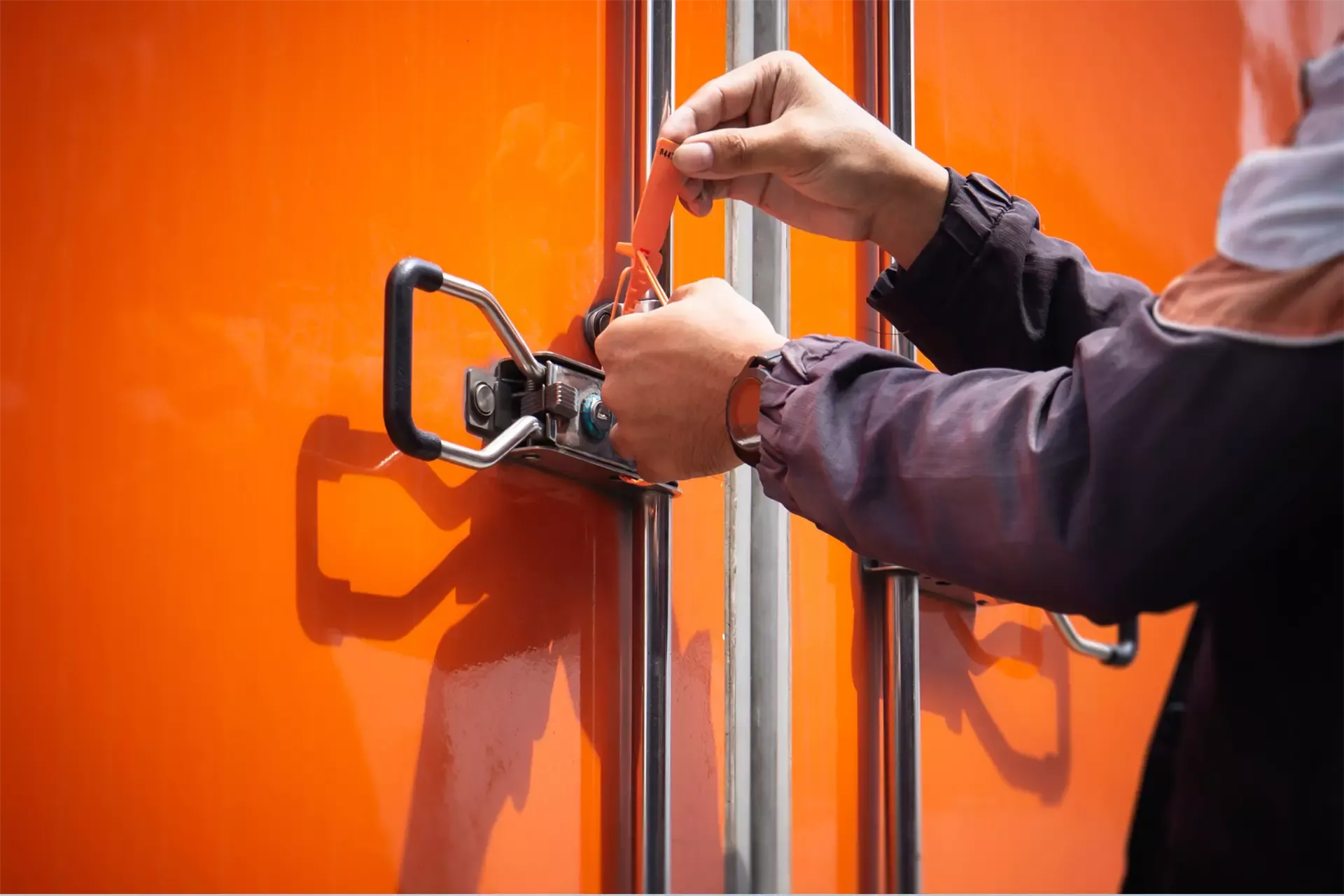Supply chain security: the importance of equipment

Supply chain security: the importance of equipment
Thanks to the numerous advances made in the organization of the production chain, the efficient management of a company's physical and information flows — otherwise called logistics — has greatly improved customer satisfaction. In particular, one of the key aspects of this success is the smooth functioning of logistical security. With the increase in technological promises, the customer bears less and less delay, error, failure or bankruptcy of equipment on the supplier side. It is therefore important that this equipment guarantees both the safety of the supply chain and that of the personnel involved in this crucial stage. More precisely, three positions can be distinguished where the importance of the equipment will safely ensure optimal security in the logistics chain: transport, lifting and the personnel involved in these operations.
The protection of transported goods
One of the first levels of protection concerns conveyed goods. Their safety meets certain methodical protocols that make it possible to maintain real control over their path. Securing goods therefore involves several levels of controls on the supply chain:
- the knowledge of all the participants on the channel
- the control and validation of the goods transported
- prior notification to the place of destination to inform of the content of the goods transported
- securing goods during transport by using appropriate closure systems and seals
- inspection of the cargo upon arrival
The personnel in charge of securing the supply chain must be able to count on the optimal quality of the equipment used. For example, seals must be easily recognisable, legible and in good condition. In the context of international transport, they may need to be identifiable by customs services.
Protection at lifting points and warehouses
Safety is present everywhere and necessarily at transshipment points. It is much more during handling operations that containers, crates and pallets are the most vulnerable (not to mention the staff). In particular, consideration will be given to the use of equipment such as (but not limited to):
- overload protection system for forklift
- Forklift log with inspection lists
- Incline level indicator and fork height indicator
- lifting tower for high density rack structures and tight spaces
- visual barriers around fixed equipment
Employee protection
Staff must also be easily identifiable (badges, scores, etc.) and of course protected from any incident.Classic protections include:
- Helmet
- construction suit and fluorescent vest
- glasses
- gloves
- reinforced shoes
- mobile lighting systems
- Signage
While the list of equipment has changed little, their quality has improved greatly. Some, such as signage or lighting solutions, are even the result of military technologies proven in all conditions. Finally, there are new types of equipment that guarantee optimal safety on platforms where machines and personnel intersect. Among these, we find in particular:
- systems for the prevention of collisions between pedestrians and motorized vehicles (electric pallet trucks, forklifts, etc.)
- the remote detection of pedestrian badges or fixed badges located nearby
What to remember
We can see that at all levels of logistical security, the impeccable quality of equipment is essential. The protection and traceability of transportable goods are at the heart of a much larger system. Whether on a construction site, in a warehouse or during the shipment of goods and goods, logistical security cannot be a weak link in this Global Supply Chain (often also used by the English term Supply Chain Management or SCM).





